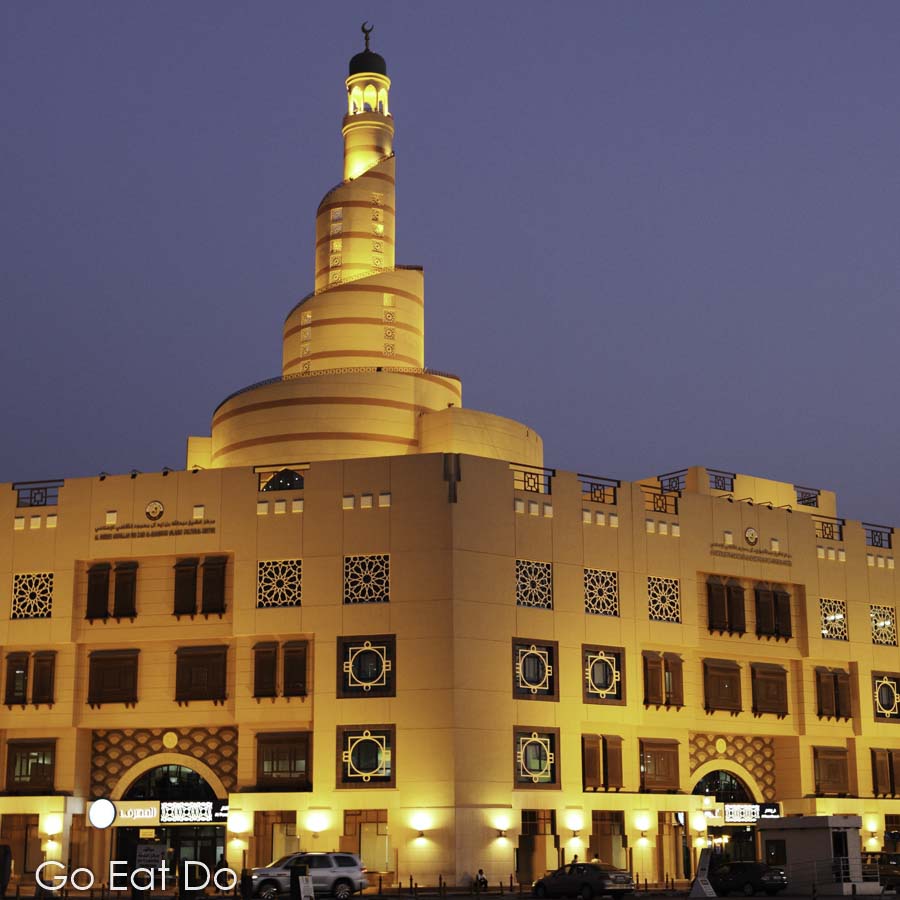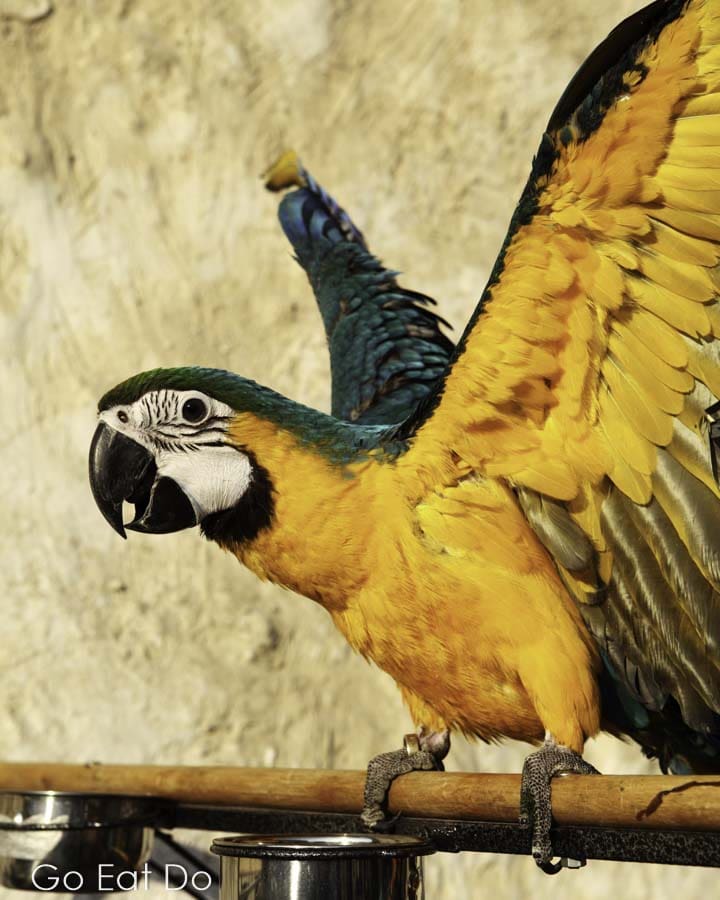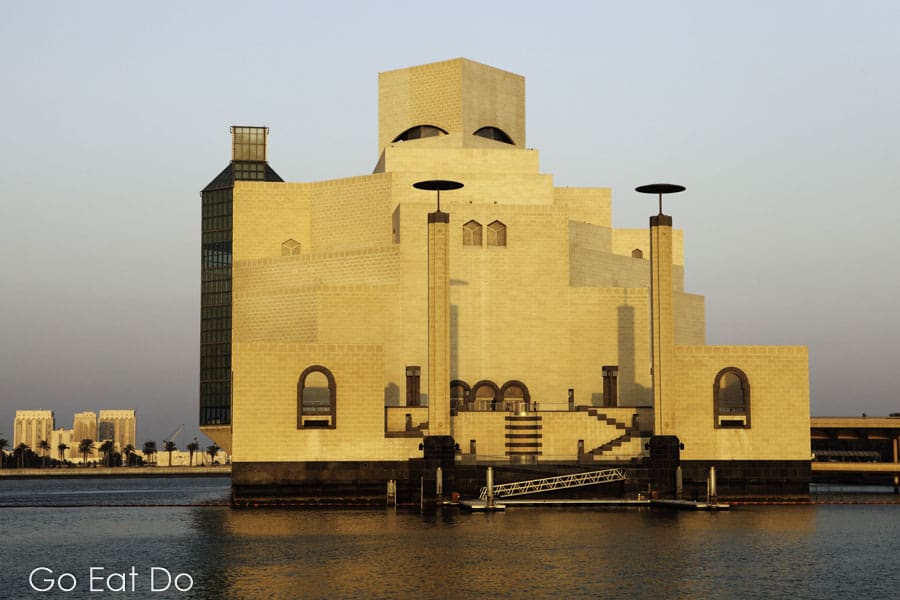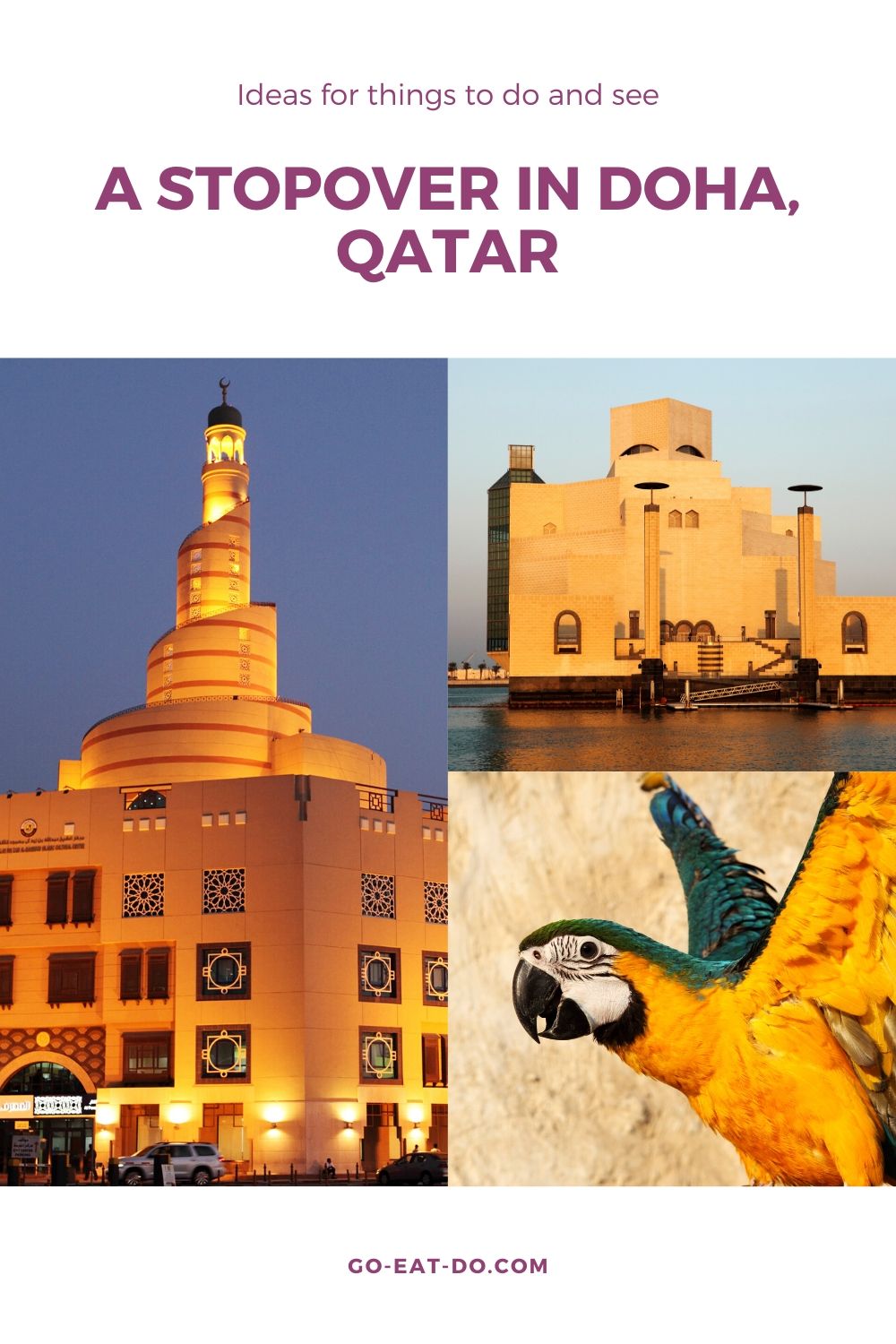Stuart Forster reports on things to do in Doha, Qatar.
Disclosure: Some of the links below and banners are affiliate links, meaning, at no additional cost to you, I will earn a commission if you click through and make a purchase.
Doha is the capital of Qatar and has experienced major expansion in recent years. Its heart remains the area around Souq Waqif, a traditional Arabian marketplace, and the Corniche, a 7-kilometre waterfront promenade, both of which can be explored on foot if you plan a stopover in Doha.
Doha, Qatar
Around 900,000 people now live in the city yet the journey between the Corniche and the airport takes a mere matter of minutes. Qatar tops the International Monetary Fund’s table of world nations ranked by Gross Domestic Product per capita. As you might expect from that indicator of economic clout, the road infrastructure here is good.
Budding into the Persian Gulf
It doesn’t take long to reach anywhere within Qatar. The country’s landmass – a rosebud-shaped peninsula – juts from Saudi Arabia into the Persian Gulf. It measures just 160km from north to south and half of that from east to west.
Locals might tell you Doha is actually a cluster of self-contained cities. If you spend more than a couple of days here you’ll be able to tour the likes of Hamad Medical City, Education City and the waterfront development at Lusail City. If grand engineering projects are your thing then you’ll be impressed by the four million square metres of land that have been reclaimed to build Pearl Qatar, where high-rise buildings tower over circular marinas.

Doha’s hotels, museums and shopping malls
Temperatures regularly soar beyond 42°C during July and August, the hottest and most humid months, meaning it’s best to spend the middle of the day in air-conditioned buildings. You can seek refuge from the heat in hotels, museums and shopping malls.
Locals tend to take their exercise early in the morning or around dusk. The Corniche is popular with walkers and joggers. Even if you’re not feeling sporty it’s worth heading to the waterfront to look over the shimmering bay towards a skyline featuring thrusting skyscrapers with modern designs.

The foundation of modern Qatar
The man recognised as the founder of modern Qatar, Sheikh Qassim Bin Mohamed Al Thani, would probably be unable to recognise the modest settlement he knew as Al Bidda. On 25 March 1893, he successfully led Qatari tribes into battle against Ottoman forces at Al Wajbah. His successors continue to rule. For a time Qatar was a British Protectorate but has been an independent nation since 3 September 1971.
Prior to the discovery of oil here, the people who lived along the coast would have eked a meagre living from pearl diving, fishing and making purple dye from murex sea snails. A number of PADI-affiliated scuba diving centres are based in Doha, meaning you can explore the warm waters of the Gulf, providing you have adequate time ahead of your flight. If you prefer the water’s surface you can book a tour on a dhow, one of the wood-built Arabian boats formerly used to trade goods.
Shopping in the Souq Waqif
They once brought in spices, silks and cotton. One of the highlights of a visit to Doha is a stroll through the narrow, covered lanes of the Souq Waqif. Clothing, souvenirs, household goods and pets are all sold on the stalls of the bazaar, which remains open until around 10.00 pm.
Depending on when you visit you might see women selling deliciously aromatic, homestyle food outside the souq. It’s worth buying a portion to dine outside on the lawns by the Corniche or in Al Rumeila Park. Picnics are a popular pastime here.

Jewellery in the Gold Souq
For a different perspective on Qatari heritage wander over to the Gold Souq, which is a great place to view intricately crafted sets of bridal jewellery and examples of Bedouin-style silver. No sales tax is levied on purchases.
Don’t be surprised if you see the occasional bird of prey too. Falconry shops sell hoods, fittings and gloves for handling the birds. They may even have a falcon or two in the store. The owners have become accustomed to intrigued foreign visitors popping through their doors and taking photographs.

The Museum of Islamic Art
For insights into the region’s cultural heritage head to the Museum of Islamic Art, situated on a man-made island by the Corniche. The iconic building opened in 2008 and was designed by I.M. Pei, the architect whose opus includes the Louvre Pyramid in Paris.
If you enjoy contemporary art then the Arab Museum of Modern Art may be your thing. Alternatively, if it’s ornately finished handicrafts you appreciate, you could arrange a visit to the compact Weaponry Museum. Swords and curved khanjar daggers dating from the 16th century onwards are displayed. One of the khanjar’s belonged to Thomas Edward Lawrence, the Briton played by Peter O’Toole in David Lean’s 1962 film, Lawrence of Arabia.
In the downtown area you’re now more likely to see robed Qatari men climbing into powerful four-wheel drive vehicles than onto the backs of camels.
There’s much to experience and observe in Doha. If you haven’t yet been it’s a rewarding place to break a long journey as you fly through Qatar Airways hub.

Things to do in Doha
- Play a round at Doha Golf Club. Peter Harradine designed the 7,374-yard championship course, which was opened in 1997.
- Get active and explore the landscape. Book an off-road desert safari in a four-wheel drive vehicle. Alternatively, try quad biking or sand skiing.
- Find out about aspects of calligraphy, Islam and Arabic at the Sheikh Abdulla Bin Al Mahmoud Islamic Cultural Center.
- Keep your eyes open for news about the opening of the new National Museum of Qatar, designed by Jean Nouvel.
- Visit the Ethnographic Museum in a building known as Wind Tower House. Dating from the 1930s it utilises traditional air cooling that was once widespread in the region.

Further information
For more information about things to do in Doha, take a look at the Visit Qatar website.
If you enjoyed this post why not sign up for the free Go Eat Do newsletter? It’s a hassle-free way of getting links to posts on a monthly basis.
‘Like’ the Go Eat Do Facebook page to see more photos and content.
A version of this post was first published on Go Eat Do on 5 August 2015.




